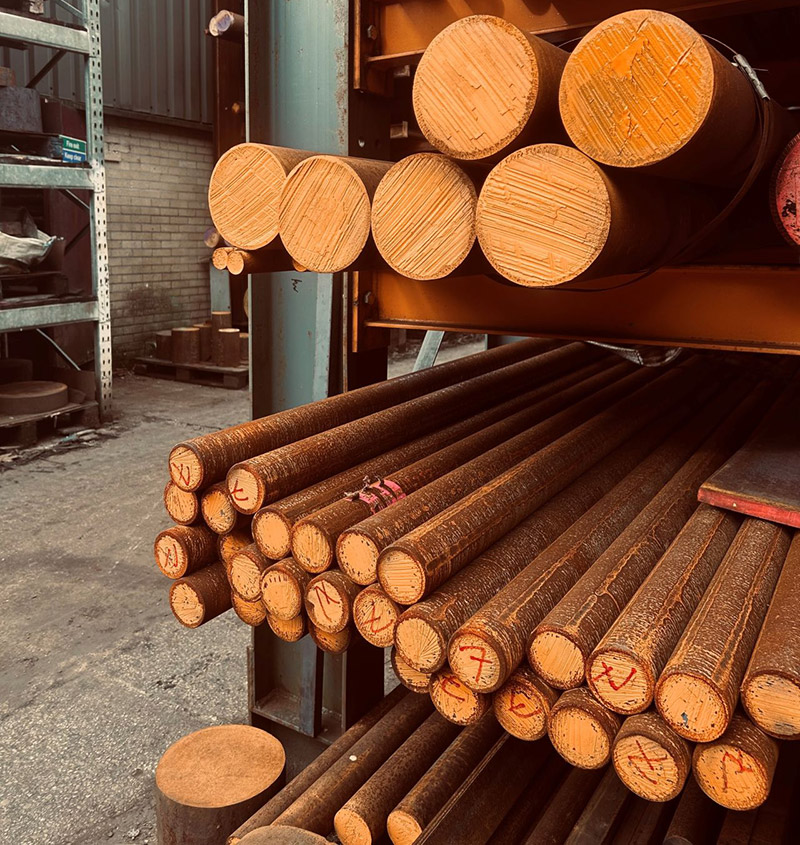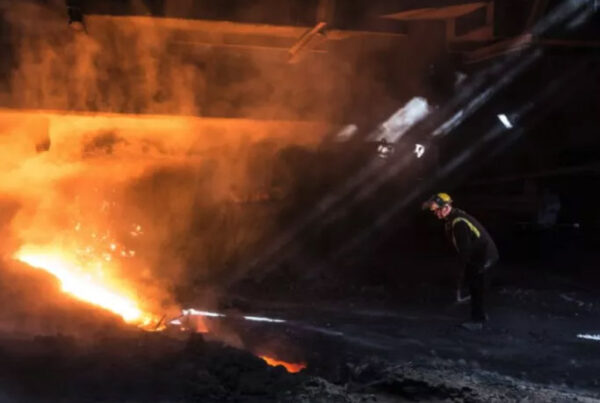Introduction
Steel is the backbone of modern industry, supporting everything from infrastructure and construction to advanced manufacturing and defence. In the UK, the steel sector is at a crossroads, with the government’s vision of a cleaner, more competitive industry competing against global market pressures.
In February 2025 the Department of Business and Trade produced an Open Consultation on ‘The Steel Strategy: the plan for steel, where those involved in the steel sector can have their say.
This article explores the future of UK steel production and exports, the potential of Green Steel, the impact of past protectionist policies such as President Trump’s tariffs, and whether industrialist Sanjeev Gupta’s promises to the UK steel sector will bear fruit. From a manufacturing, economic, and political perspective, we assess how these changes could reshape the industry, identifying potential winners and losers.
The Role of Steel in the UK Economy
Steel is integral to the UK’s industrial landscape, with applications in sectors like construction, automotive, defence, and renewable energy. Government plans highlight steel’s role in future economic growth, particularly in areas such as offshore wind farms, which alone may require 25 million tonnes of steel by 2050, representing a £21 billion market opportunity. Additionally, the government’s commitment to building 1.5 million homes over this parliamentary term suggests a sustained demand for steel in the construction sector.
However, despite its importance, the UK’s steel industry has faced significant challenges, including high energy costs, global competition, and overcapacity in international markets. The government’s Steel Strategy aims to address these issues through financial support, investment in electric arc furnaces (EAFs), and incentives to increase domestic steel consumption. The UK continues to rely on steel imports, particularly from Europe and Asia, with distribution networks cantered around major ports and industrial hubs. Given the current economic outlook for the UK, Europe, and the USA, manufacturing production is likely to face pressures from rising costs and fluctuating demand, potentially leading to a decrease in output unless strong policy interventions are made to support domestic industry.

The Green Steel Revolution: A Path to Sustainability?
Decarbonizing steel production is a global priority, and the UK has unique advantages in this transition. With an increasingly decarbonized electricity supply and a significant availability of scrap steel, the UK is well-positioned to lead in low-carbon steel production.
The shift to Green Steel, primarily through EAFs and hydrogen-based direct reduced iron (DRI) technologies, presents opportunities for reducing emissions. However, these transitions come with substantial investment needs, estimated in the billions, raising concerns about whether the government’s financial support will be enough to incentivize private sector commitment. If the UK succeeds in establishing itself as a leader in Green Steel, it could gain a competitive edge in an industry increasingly shaped by environmental considerations.
The Importance of Engineering Steel: Bright and Black Bar
In addition to structural steel, engineering steel plays a crucial role in the UK’s industrial output. Bright bar and black bar steel, including grades such as EN16 and S355, are essential in manufacturing high-strength components for automotive, aerospace, and heavy machinery applications.
Bright bar steel, often used in precision engineering, provides superior surface finish and tight dimensional tolerances, making it ideal for machining applications. Black bar steel, typically used in construction and heavy industry, offers excellent strength and weldability, supporting infrastructure and manufacturing needs.
The future of UK engineering steel production depends on investment in modern rolling and finishing techniques, as well as the availability of high-quality raw materials. With growing demand for advanced manufacturing and renewable energy projects, the domestic production of engineering steel could provide significant economic benefits, reducing reliance on imports and strengthening the UK’s supply chain resilience.

The Impact of Trump’s Tariffs and Global Trade Uncertainty
Protectionist policies, such as President Trump’s steel tariffs, have had a lasting impact on global steel markets. While designed to protect American steelmakers, these tariffs triggered retaliatory measures and disrupted traditional trade relationships.
For the UK, these tariffs, along with broader geopolitical trade tensions, have posed challenges for steel exports. The risks of market fragmentation and the ongoing uncertainty surrounding trade relationships post-Brexit add further complexity. While President Biden has maintained some tariffs, global trade dynamics continue to evolve, leaving UK steel producers navigating an uncertain export market.
Sanjeev Gupta: Saviour or Illusionist?
Sanjeev Gupta, through his GFG Alliance and Liberty Steel, has made bold promises about reviving UK steel production and leading a Green Steel revolution. However, scepticism is growing about whether he can deliver.
His track record includes struggles at the Whyalla steelworks in Australia, where delays in promised investments and job losses have cast doubt on his ability to follow through. In the UK, Liberty Steel has faced financial challenges, with debt restructuring issues following the collapse of Greensill Capital. The question remains: will Gupta’s vision for UK steel materialize, or are his commitments overly ambitious?

Photograph: Jessica Hromas/The Guardian
Winners and Losers in the Future of UK Steel
If the UK successfully transitions to green steel and secures long-term investment, the biggest winners could be:
- Steelworkers and manufacturing jobs: A sustainable steel industry would ensure employment stability and growth.
- Renewable energy sector: Increased steel demand for offshore wind and electric vehicles could boost UK supply chains.
- Consumers and businesses: Access to locally produced, low-carbon steel could lower costs and enhance industrial competitiveness.
However, there will also be losers:
- Traditional blast furnace operations: Companies that cannot transition to cleaner technologies may struggle or close.
- Export-dependent firms: If global trade tensions persist, UK steel exporters may find themselves at a disadvantage.
- Energy-intensive producers: High electricity costs remain a key challenge that could undermine competitiveness.
In Conclusion
The UK steel industry stands at a turning point. With government backing, technological innovation, and a shift toward Green Steel, the sector has the potential to thrive. However, external pressures such as trade tariffs, market competition, and corporate instability pose significant risks.
Whether Sanjeev Gupta’s promises will translate into tangible results remains uncertain, but one thing is clear: the future of UK steel depends on its ability to adapt to economic, environmental, and geopolitical realities.





